Airbus says cracks in the wing spars of some of Emirates' older A380-800s are not a safety issue, and the ongoing safe operation of the A380 is not compromised.
The OEM was responding to a report by Aviation Week in which Emirates President Tim Clark said Airbus was attending to the issue that delayed the A380s return to service but agreed that it was not presenting a safety issue so far.
Clark said the airline currently has four A380s awaiting repairs which are taking weeks to complete. "They started seeing cracks appearing, so [the European Union Aviation Safety Agency] EASA got involved," Clark said. "As usual, some [aircraft] are worse than others. It is not a safety issue at the moment; we are nowhere near that. But we will have to have a regular inspection programme going forward."
The affected areas are the top and bottom flanges of the outer rear spar (ORS) between ribs 33 and 49; the outer inner front spar (OIFS) between ribs 8 and 14; and the outer front spar between ribs 38 and 49.
With 116 of the type, Emirates is the largest operator of the A380, of which it has 83 currently in service, according to the ch-aviation Commercial Aviation Aircraft Data module.
Approached for comment, Airbus spokesman Stefan Schaffrath said: "It is not a safety issue. The ongoing safe operation of the A380 fleet is not compromised, as the mandated inspections and any necessary repairs are part of the usual airworthiness process over an aircraft's life cycle. We work closely with EASA. The Airworthiness Directive is mandating the necessary inspection and repair scheme depending on fleet age. Together with EASA, we are monitoring the inspections closely. Customers have been informed, and Airbus is working closely with each customer on solutions tailored to their individual fleet plans and operations."
The cracks were highlighted in an EASA Airworthiness Directive (AD) on August 31, 2022, expanding on a 2019 directive: "Occurrences have been reported of finding cracks in the affected areas of the wing ORS on in-service A380 aeroplanes. This condition, if not detected and corrected, could reduce the structural integrity of the wing."
The 2019 AD, based on Airbus service bulletin A380-57-8263, had initially determined that aircraft must be inspected 15 years after the date of the wing box assembly. However, "since that AD was issued, it has been determined that additional areas may be affected by the same unsafe condition and that all msn (manufacturer serial numbers) must be inspected." EASA added, "recent inspection results have indicated the need for ORS inspection from 15 years to 12.5 years." Inspections must be repeated every three years. EASA also clarified that "the threshold might be further amended upon completion of the currently ongoing analysis."
Schaffrath explained: "It is a fleet-age issue/an issue of ageing aluminium alloy over time. It is a "fleet returning to service after storage" issue - 50% of the A380 fleet is now back into service. It is a repair topic - Airbus is working closely with its customers to support the safe return of fleet to service, while an A380 AD is mandating inspections /solutions (last Aug 2022). The A380s are being returned to service in big numbers, confirming the strong rebounding market and customer/passenger appetite for the aircraft to address demand. This results in a peak demand for hangar space to undertake the necessary inspection and repair works. It is a known issue, nothing new, we have been working on an inspection and repair regime since 2019."
Airbus's head of the A380 programme, Pierre Henri Brousse, told Aviation Week that so far, Airbus and A380 operators have inspected around 20 aircraft that reached the 15-year threshold at the time of inspection. "On most of the aircraft, we found something," Brousse said, including five that had not yet reached the 15-year limit.
When a younger A380 was dismantled earlier this year, Airbus discovered a higher number of cracks outside the usual areas. "We launched a stress analysis and found that there was no particular issue [that needed to be addressed]."
As the first A380 delivery took place more than two years later than expected, some wing boxes were produced years before the actual entry into service of the aircraft, meaning newer aircraft could be affected too if the wings were stored for a long time.
On December 14, Brousse said younger aircraft were inspected, but so far, no findings on aircraft with wing box completion dates of less than 12.5 years required a change in the inspection and repair regime.
Airbus says wing inspections take about one week. The non-destructive test inspections can typically be performed by airlines in-house. Brousse said Airbus has no plans for wing spar redesigns. Affected parts can be repaired through local stop holes or reinforcements or will be replaced. Stop holes can be introduced in one shift, while the more extensive repairs can take one week per area affected.
According to Aviation Week, Qantas currently operates the only three revenue service aircraft older than 12.5 years. Although Singapore Airlines was the first carrier to take delivery of an A380 in October 2007, that aircraft and several more of its early A380s have either been scrapped or are stored. Similarly, Emirates received its first A380 in July 2008, but that aircraft and several more have also been scrapped.
- Type
- Base
- Aircraft
- Destinations
- Routes
- Daily Flights

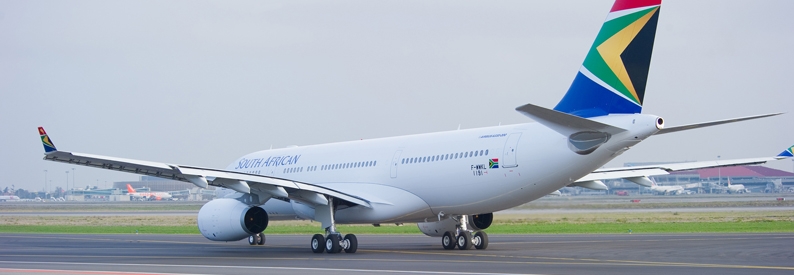
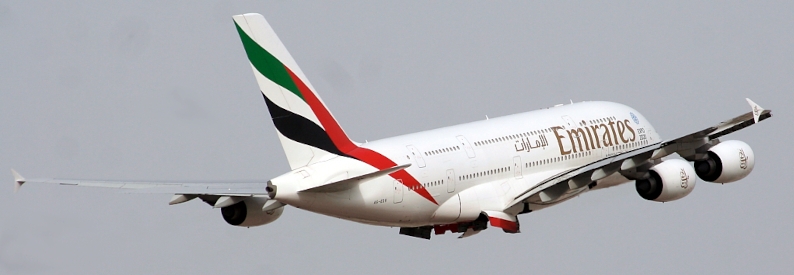
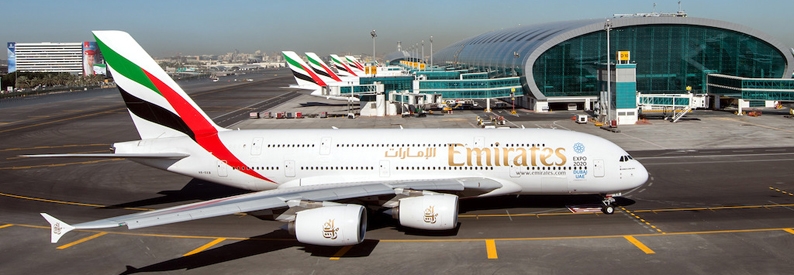
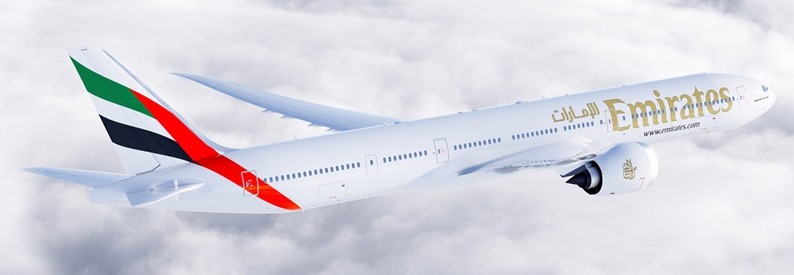
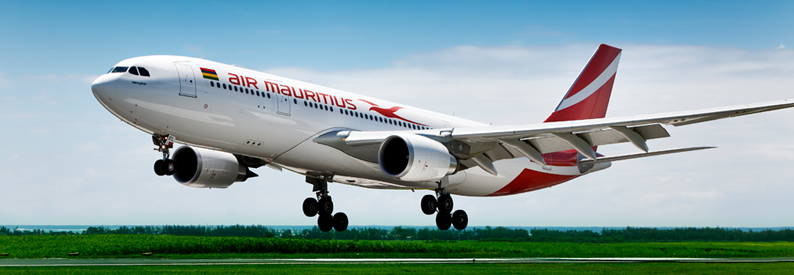
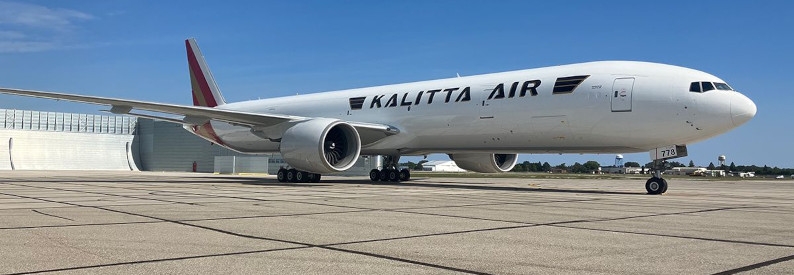

Editorial Comment: Added comment from Airbus. - 23Dec2022 - 06:42 UTC